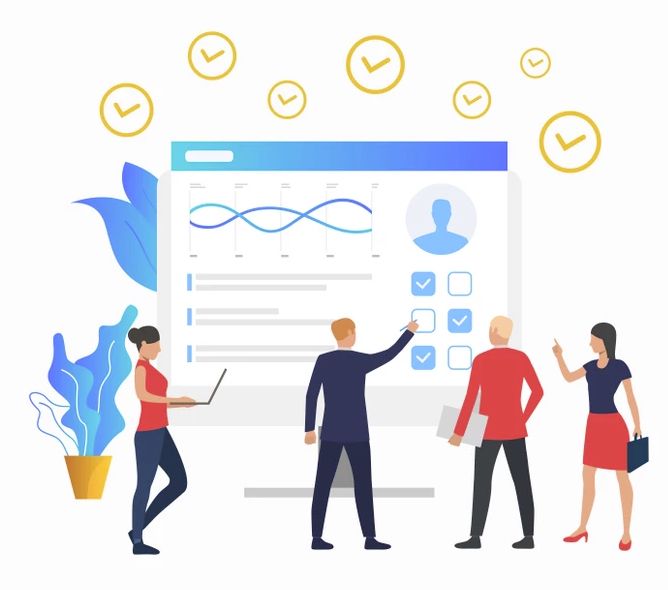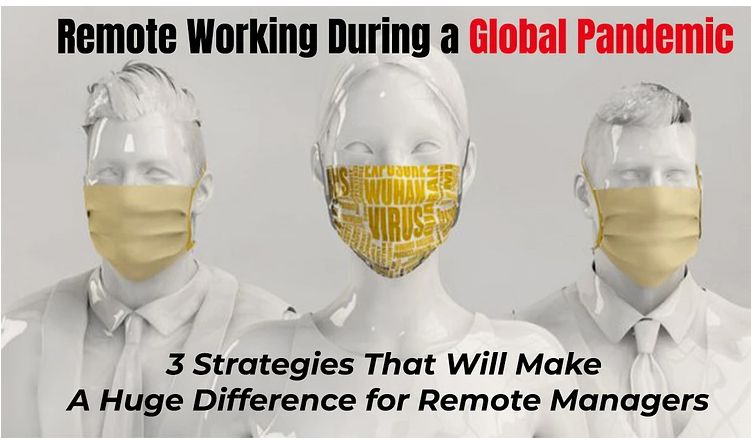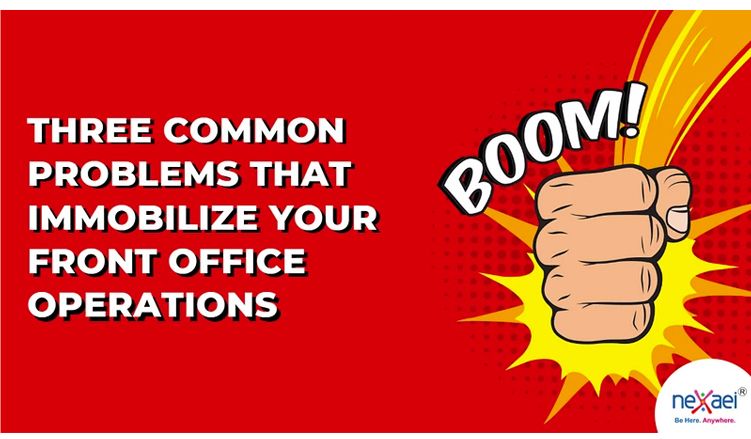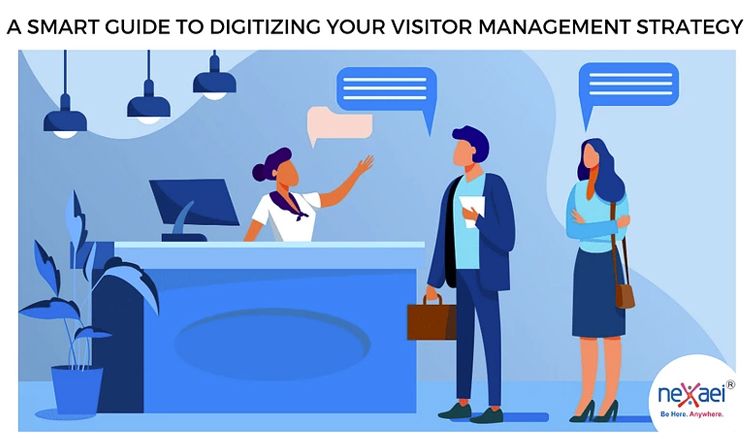EmPal – The Easiest Means to Turn Your Workforce Remote!

With a sudden wave of the digital workplace and remote work redefining the work culture andenvironment, the significance of the new generation EmPal is hitting the roof once again. The COVID-19 pandemic has almost convinced the industry giants to mull over the ‘work from home’ concept in a more detailed manner. According to reports, Tata […]
SAY HELLO TO DIGITAL RECEPTION

Haven’t you got jaded of filling out your details in those age-old register books whenever you enter an office building for the first time? You are, right? We can totally feel you! How convenient do you think is it to keep a track of that record and never miss a single detail from the register […]
The Work Productivity Tale

Since the inception of work and workplace, work productivity has been one of the prime requisites. The business world does not operate without paying heed to the workplace or work productivity. So, what is this work productivity? As the definition goes, work productivity is the efficiency with which the employees work to complete tasks and […]
A-Pro Guide to Managing the Remote Teams During the Coronavirus Lockdown – Tips and Tricks

The entire world has gone into quarantine surrounding the uncertainties posed by the outbreak of the COVID-19. Companies, in order to safeguard the health of the employees, have decided to let them work from home. The new remote working policies around the world have for the first-time separated managers and their employees. It is always […]
Stay Healthy, Stay Fit & Fight Corona!

Is the coronavirus outbreak and all the anxiety surrounding taking a toll on your physical and mental health? Is the extensive lockdown coming in the way of your regular fitness routine? Hakuna Matata! Losing a little control is very natural at such unsettling times. All of a sudden the COVID-19 outbreak and the shutting of […]
Work-life Balance During the Lockdown: 5 Essential Tips for Those Working from Home

In the wake of the global pandemic surrounding the novel coronavirus, companies of all shapes and sizes are implementing a work from home policy to keep their workforce safe. This means that most of us are dealing with an unusual challenge – working from home full-time for the first time. Even if you have previously […]
How to Keep Your Remote Workforce Productive During a Global Pandemic?

The global pandemic surrounding the unprecedented outbreak of the novel coronavirus has put several regions around the world in a perpetual lockdown with containment zones and isolation units treating the patients and suspects infected with the Covid-19. The outbreak of the virus and the fears surrounding its consequences have impacted businesses around the globe. Business […]
Remote Working During a Global Pandemic – 3 Strategies That Will Make A Huge Difference for Remote Managers

As the novel Coronavirus outbreak spreads across the globe, the businesses are considering contingency plans to avoid any serious disruption in operations. As a result, business leaders are asking their employees to go back home with their laptops to aid in avoiding the spread of the zoonotic virus and help in preserving the health and […]
Three Common Problems that Immobilize Your Front Office Operations

Generally referred to as the front desk or the front office, the office reception forms a critical touchpoint for visitors and guests coming in. Right from the backdrop to the furniture and the lighting the front desks are carefully designed and a lot of investments go in to create that first impression. Do you think […]
A Smart Guide to Digitizing Your Visitor Management Strategy

Rapid digitization around the world is changing the nature of work and the experience of the workplace. Reports suggest that by the end of the year, millennials would form 50% of the global workforce. This new generation of professionals prefers multi-tasking and love staying connected through modern apps. These young minds and their disruptive ideas […]
